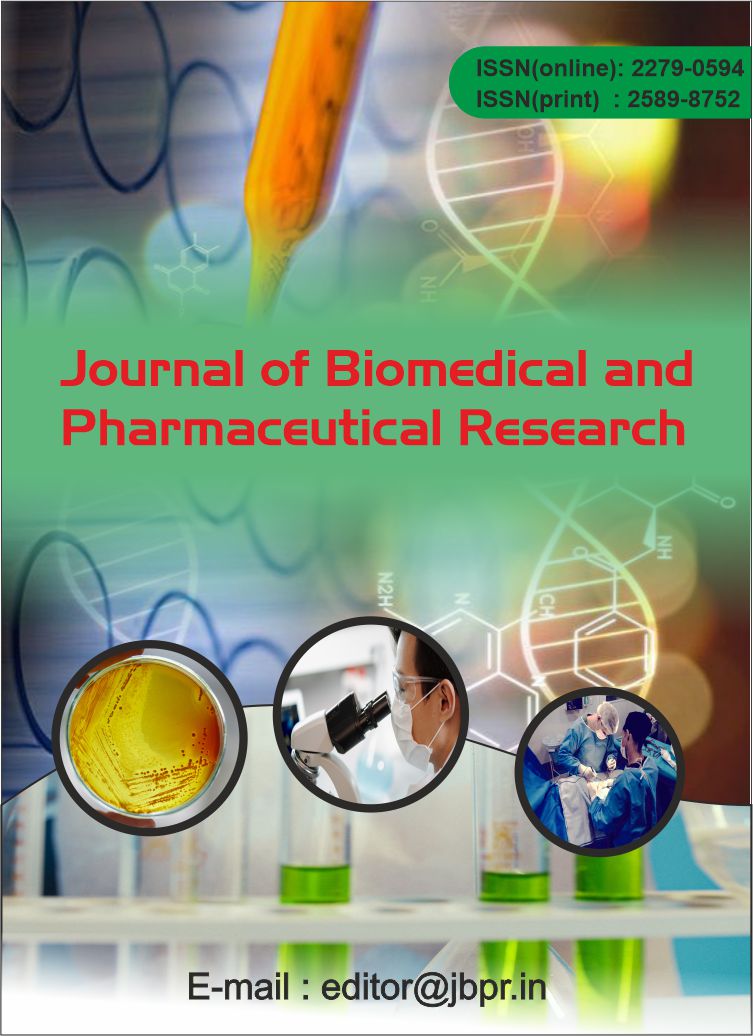PREVALENCE OF HERPES SIMPLEX VIRUS IN CSF SPECIMENS OF NEONATES WITH ENCEPHALITIS BY USING REAL TIME PCR
Abstract
Background: Herpes simplex virus (HSV) causes a spectrum of clinical manifestations in the central nervous system (CNS). Neonatal HSV infection following exposure to the virus at delivery produces severe disseminated infection and can lead to death if not effectively treated.
Objective: The aim of this study is to detect the prevalence of HSV type I, and II in encephalitic neonates.
Materials and methods: A total of 100 CSF samples were collected from encephalitic neonates from Khartoum Hospitals. HSV type I and II were detected in patients’ samples using real time PCR.
Results: Among the 100 encephalitis patients, 70 (70%) were males, and 30 (30%) females. HSV DNA was detected in Two patients (2%) using Real-time PCR. Positive sample Ct value was 19.45 were as positive control sample Ct value was 22.24. All negative samples Ct values were appear later after 36 Ct value.
Conclusion: HSV detection by real-time PCR in the present study indicated a low prevalence among encephalitic neonates included in the study poulation. Real time PCR procedure should be used in conjugation with clinical diagnosis to support a perfect sensitive, specific and quantities diagnosis.
Keywords: HSV, Encephalitis, Real-time PCR.
![]() Journal of Biomedical and Pharmaceutical Research by Articles is licensed under a Creative Commons Attribution 4.0 International License.
Journal of Biomedical and Pharmaceutical Research by Articles is licensed under a Creative Commons Attribution 4.0 International License.





